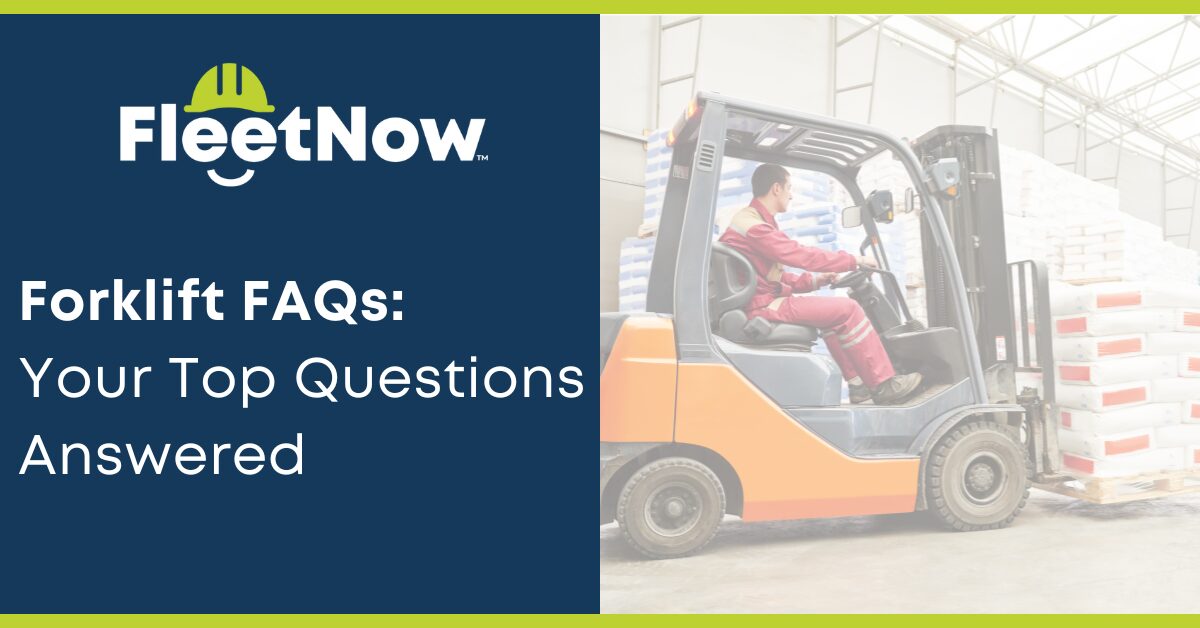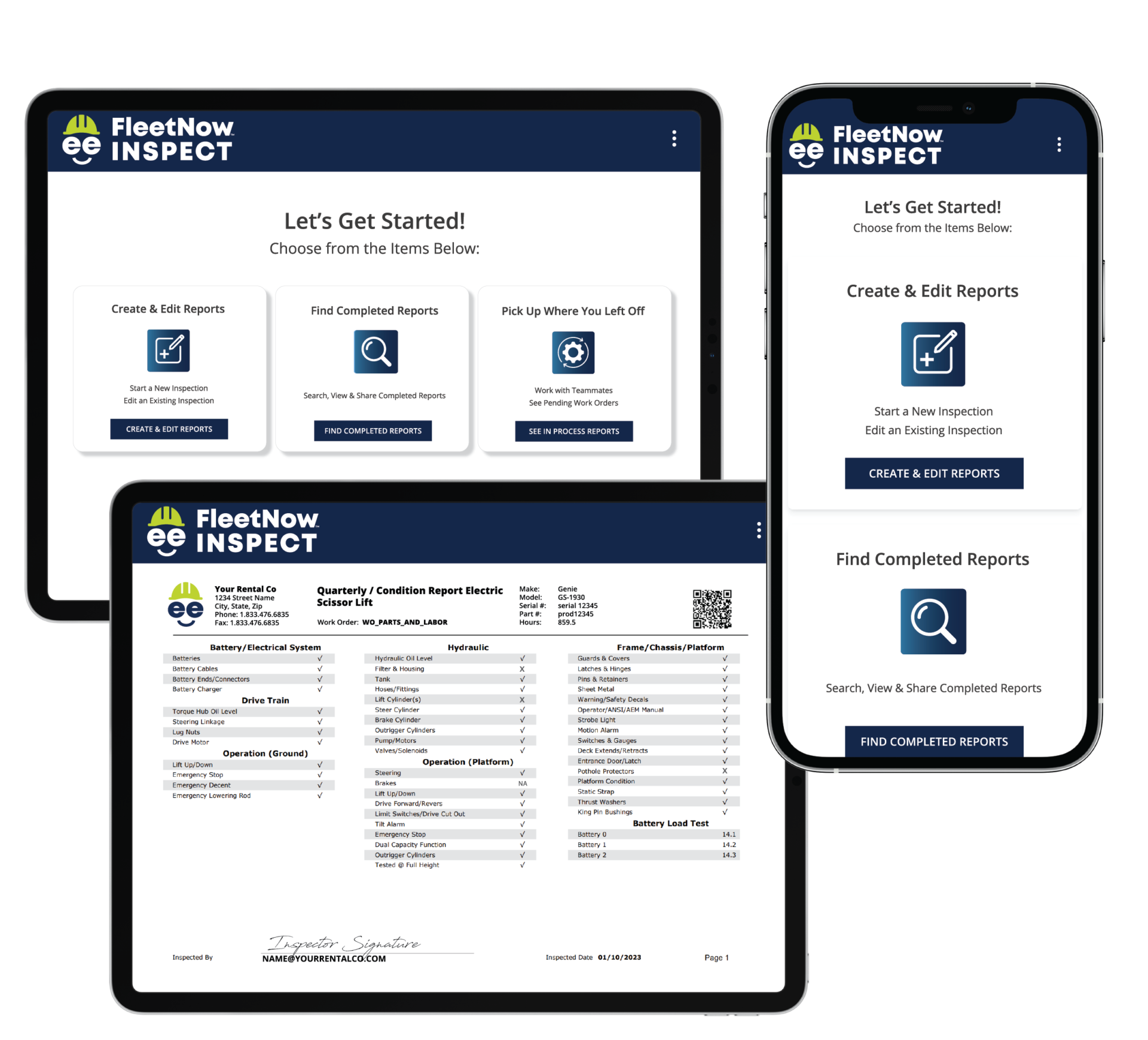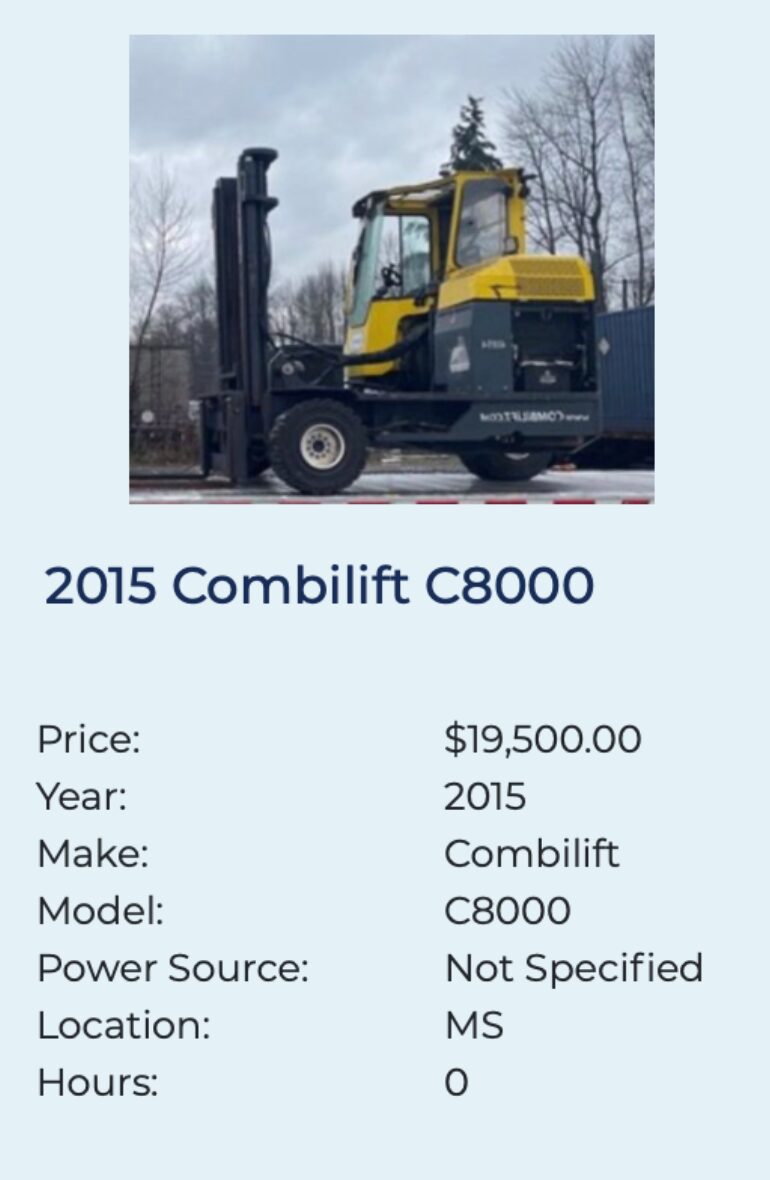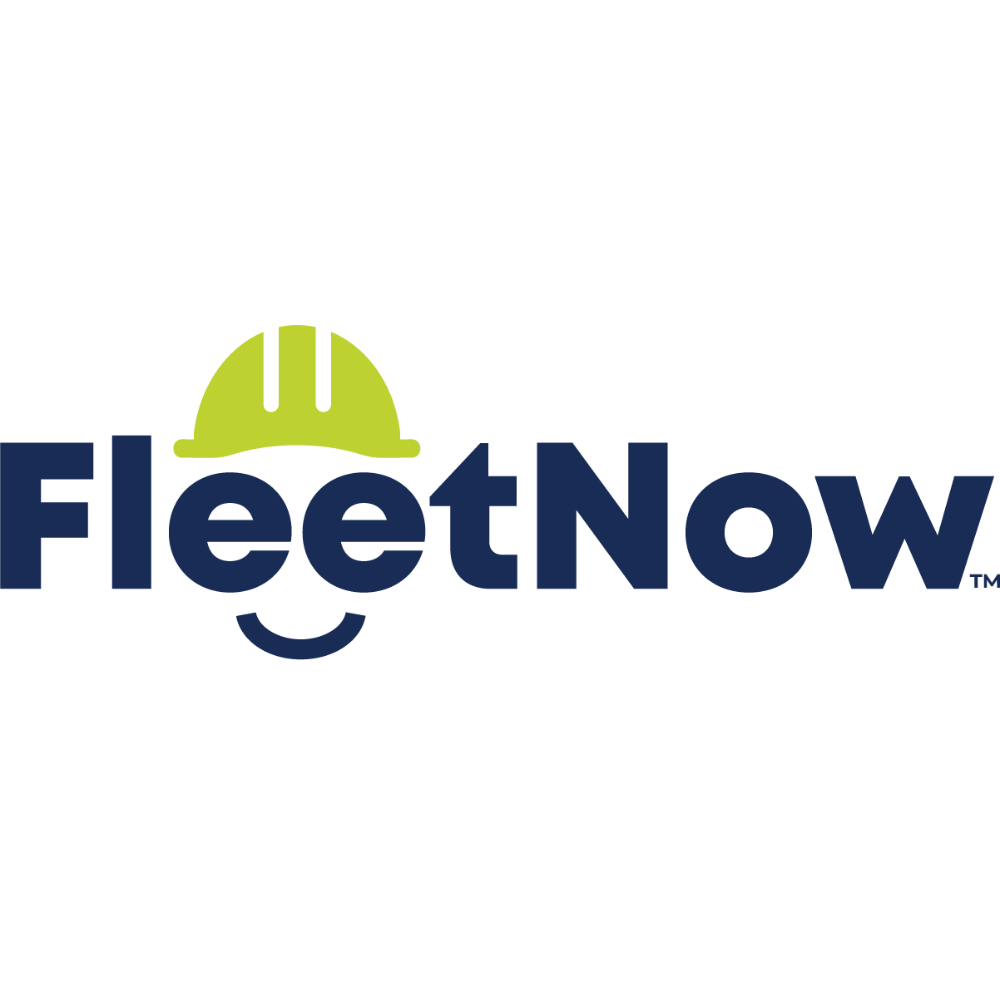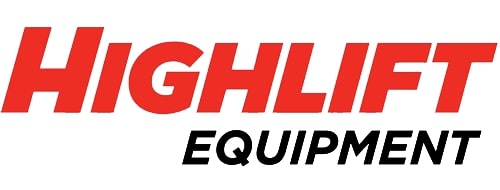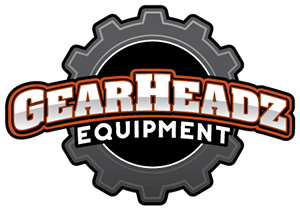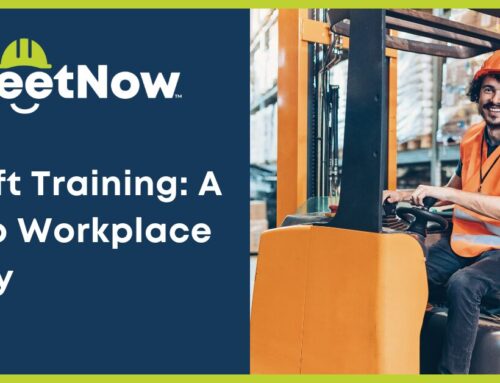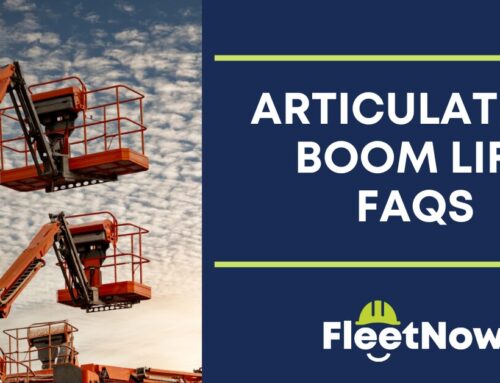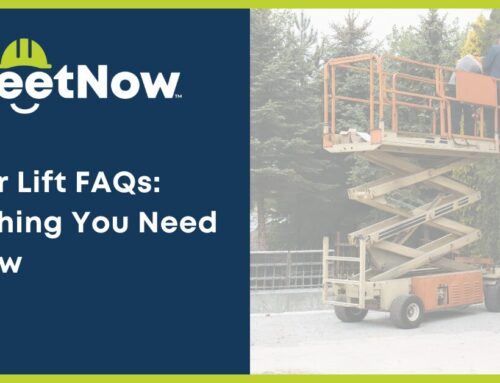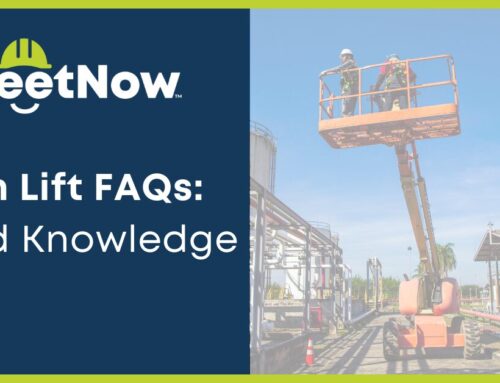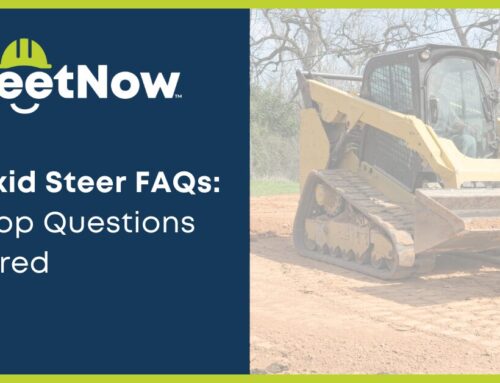Forklift FAQs: Your Top Questions Answered
Forklifts are versatile and indispensable vehicles used across various industries for lifting and moving heavy loads with efficiency and precision. These specialized machines, equipped with fork-like extensions, are designed to handle materials in warehouses, factories, construction sites, and logistics centers. Forklifts come in different types, including electric, diesel, and propane-powered variants, each suitable for specific environments and tasks. They are operated by trained professionals and play a crucial role in enhancing productivity and streamlining operations. Understanding the basics of forklifts, such as their types, capabilities, and safety protocols, is essential for anyone working in industries where material handling is a key component.
What is a forklift?
A forklift, also known as a lift truck, fork truck, or forklift truck, is a powered industrial vehicle used to lift, carry, and transport heavy materials and goods over short distances. Forklifts are equipped with fork-like attachments that can be raised and lowered for lifting pallets, crates, and other loads. They are essential equipment in warehouses, distribution centers, manufacturing facilities, and construction sites.
What are the primary uses of forklifts?
Forklifts are utilized across various industries for a wide range of applications due to their ability to efficiently lift, move, and transport heavy materials. Some primary uses of forklifts include:
Material Handling in Warehouses and Distribution Centers: Forklifts are extensively used to load and unload goods from trucks, stack and retrieve pallets in storage racks, and transport materials within warehouse facilities.
Loading and Unloading: Forklifts are essential for loading and unloading cargo at docks, shipping yards, and distribution centers. They can handle palletized goods, crates, and containers efficiently.
Inventory Management: Forklifts play a critical role in inventory management by facilitating the movement and organization of goods within storage areas. This helps optimize space and streamline inventory processes.
Construction and Building Sites: In construction settings, forklifts are used to transport heavy materials like bricks, lumber, and equipment across job sites. They can also assist in lifting materials to elevated positions.
Manufacturing Operations: Forklifts are integral in manufacturing facilities for moving raw materials, components, and finished products between production areas. They contribute to improving workflow efficiency and reducing manual handling
What are the different types of forklifts?
Counterbalance Forklift: Commonly used for indoor applications, with forks at the front for lifting palletized loads.
Reach Forklift: Designed for narrow aisles in warehouses, with extendable forks to reach into storage racks.
Order Picker: Used for manual picking of items from warehouse shelves at various heights.
Pallet Jack (Pallet Truck): For lifting and moving pallets over short distances, available in manual or electric versions.
Rough Terrain Forklift: Suitable for outdoor use on uneven surfaces like construction sites, with rugged tires for off-road capability.
Telescopic Handler (Telehandler): Features a telescopic boom for lifting and placing materials at height, used in construction and agriculture.
Side Loader: Designed for handling long and bulky materials like timber or pipes, with forks mounted on the side.
Articulated Forklift (Flexi Forklift): Narrow aisle forklifts with an articulating chassis for operation in tight spaces.
Container Handler: Specialized for lifting and stacking shipping containers in ports and shipping yards.
Turret Truck: Narrow aisle forklifts that can rotate their forks or operator compartment to access high rack storage.
What are the benefits of using a forklift?
Using a forklift offers significant benefits in industrial and commercial settings. One of the key advantages is efficiency; forklifts streamline material handling processes by lifting and moving heavy loads quickly and effectively, reducing the need for manual labor and increasing productivity. They also enhance safety by minimizing physical strain on workers and reducing the risk of injuries associated with manual lifting. Forklifts are versatile machines capable of handling a wide variety of materials, from palletized goods to bulky items, making them essential across various industries. Additionally, forklifts optimize storage space by enabling vertical stacking of goods, maximizing warehouse capacity. This efficient use of space contributes to better inventory management and organization. Furthermore, forklifts save time by expediting tasks such as loading and unloading trucks and transporting materials within facilities. Overall, the use of forklifts improves operational efficiency, reduces labor costs, enhances workplace safety, and contributes to overall business success.
How do I operate a forklift safely?
To operate a forklift safely, start by undergoing proper training and obtaining certification. Always inspect the forklift before use to ensure it’s in good working condition. Follow safe operating practices, including wearing seat belts, obeying speed limits, using horns when approaching blind corners, and keeping a safe distance from edges and obstacles. Regularly refresh your training and stay updated on safety protocols to maintain safe forklift operations.
Here is a video detailing forklift safety:
What maintenance is required for a forklift?
Regular maintenance is essential to keep a forklift in optimal condition. This includes daily inspections for fluid levels, tire condition, brakes, lights, and controls. Scheduled maintenance tasks such as oil changes, filter replacements, and brake adjustments should be performed according to the manufacturer’s guidelines. Additionally, battery maintenance, including checking water levels and cleaning terminals, is crucial for electric forklifts to ensure reliable operation. Regularly servicing and maintaining your forklift helps prevent breakdowns, extends its lifespan, and promotes safe operation.
How do I transport a forklift to and from job sites?
To transport a forklift to and from job sites, use a flatbed trailer or specialized forklift trailer and secure the forklift with heavy-duty straps or chains. Perform a thorough inspection of the forklift before loading to ensure it’s in good condition. Use ramps or loading docks to safely load and unload the forklift onto and off the trailer, driving cautiously during this process.
How do I choose the right forklift for my project?
To choose the right forklift for your project, assess your specific lifting and operational needs including load capacity, environment (indoor or outdoor), and height requirements. Consider specialized features such as tire type (pneumatic or cushion), power source (electric, diesel, or propane), and attachments (like sideshifters or clamps) based on the tasks involved. Factor in budget constraints, maintenance requirements, and operator capabilities to make an informed decision that optimizes productivity and safety for your project.

